The luxury residential sector in Spain is evolving, highlighting trends such as emerging markets beyond Marbella, the concept of 'silent luxury,' and the growing demand for branded residences.
The luxury residential market in Spain is undergoing significant evolution, reflecting both buyer expectations and the sector’s response to new global realities. Luxury buyers now seek more than exclusive properties; they desire a lifestyle that combines comfort, exclusivity, and a strong commitment to sustainability and energy efficiency. Pedro Soria, Strategy and Business Development Advisor at Grupo Tecnitasa, notes that as luxury properties diversify, developers and promoters are responding to the growing demand for integrated experiences and personalized services, with innovations ranging from technology to design.
José Antonio Muro, General Director of Grupo Tecnitasa, and Selma Dalebrook, the group’s delegate in Málaga, presented the “Report on Evolution and Trends in Luxury Residential Properties in Marbella and the Costa del Sol.” According to their analysis, the average prices of luxury homes (valued over 3 million euros) experienced a year-on-year growth of 4.53% in 2024 across Spain. Muro emphasizes that the luxury market continues to grow despite the general slowdown, as it depends on solvent demand and exclusivity rather than interest rates. Marbella and the Costa del Sol continue to consolidate their position as prime destinations. Dalebrook adds that while Marbella remains a benchmark, demand is also shifting to other locations such as Ojén, Casares, and Manilva.
Other trends shaping the luxury residential market in Spain include ‘silent luxury’—characterized by high-quality design, privacy, and comfort without ostentation—the increasing demand for branded residences that offer living experiences combining luxury, comfort, and exclusivity with the hallmark of world-renowned brands, the decentralization of locations, and the emergence of mini-sectoral enclaves.
The concept of luxury housing has evolved in recent years. Carolina Sánchez Esteve, delegate for the Costa del Sol at AEDAS Homes, identifies location, environment, and product as the main criteria defining a luxury home. Mariano Beristain, Business Development Director at DM Properties, observes that beyond location and quality, clients now seek services that complement their lifestyle. Enrique López Granados, President of Caledonian, insists that luxury is about well-being, comfort, and harmony; it’s not enough to have a spectacular house—the true luxury is having a home that doesn’t generate problems, providing peace of mind.
Sustainability and personalization are also key factors. Matías Villarroel, Managing Partner of ROEL Homes and Villarroel Arquitectos, highlights how architectural traditions are now balanced with modern innovation, noting that luxury is not just about expensive materials but integration with the environment. The Costa del Sol stands out as the main destination for branded residences, with an estimated 900 such homes by 2027, especially in Marbella, which accounts for 95% of the future supply. An example is St. Regis, a new standard in luxury residential properties promoted by Caledonian.
Experts in Málaga’s sector emphasize the importance of residential tourism as a key element in the local economy due to the wealth it generates in its surroundings. However, they also point out the need to address challenges such as the coexistence between luxury and affordable housing, and the generation of sufficient supply, which requires collaboration with public administrations. International buyers continue to view Spain as an attractive destination, but maintaining legal stability is crucial to sustain this investment flow.
For more detailed information, you can read the full article here.
